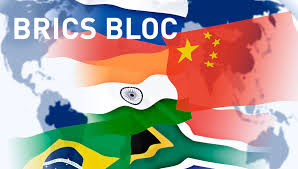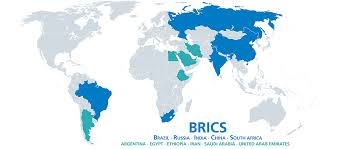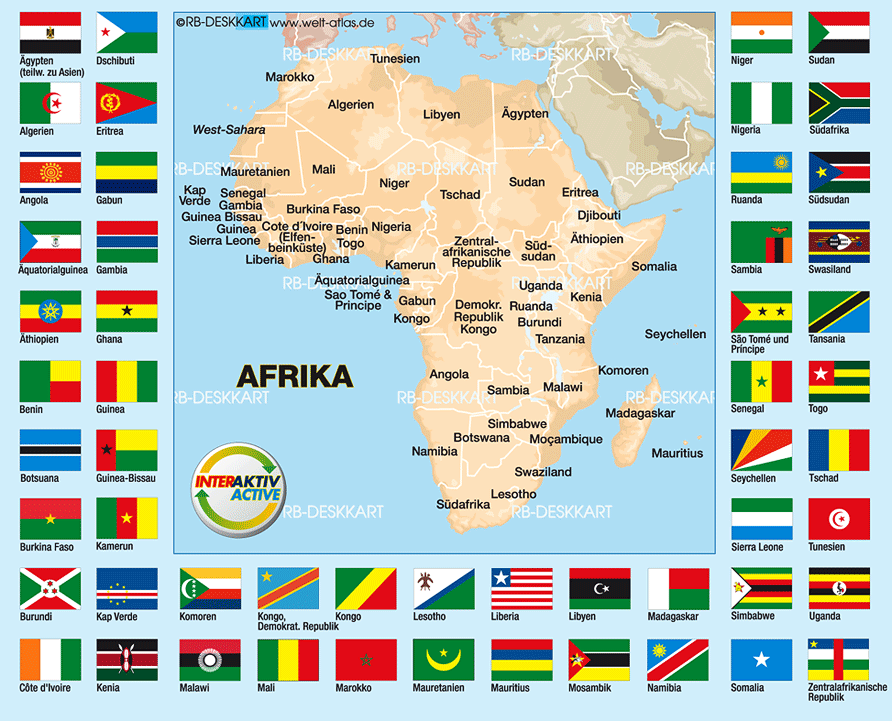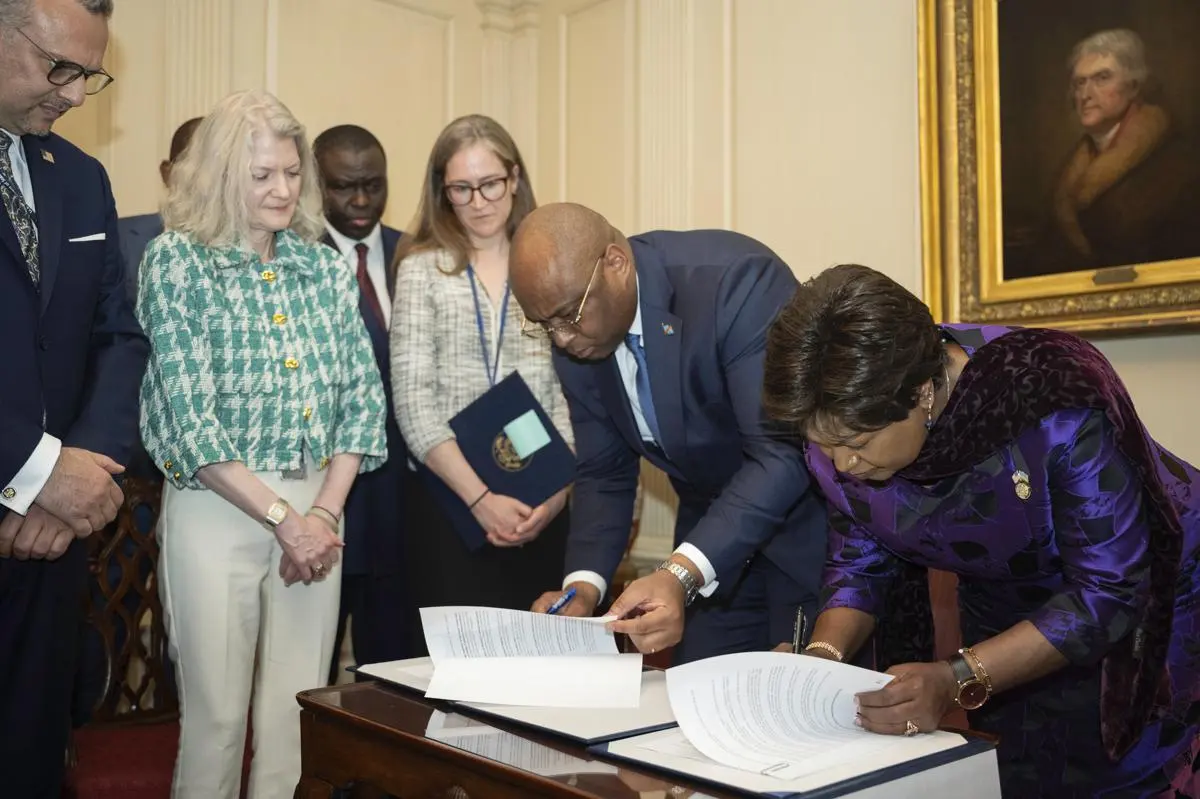
Introduction
The BRICS group—comprising Brazil, Russia, India, China, and South Africa—has evolved from a loose coalition of emerging economies into a more organized and politically assertive alliance. With the 2023–2024 expansion forming BRICS+, including new members such as Iran, the United Arab Emirates, Egypt, and Ethiopia, the bloc has taken significant steps toward transforming into a counterweight to Western-led international institutions. At the center of this transformation is China, which has emerged not only as the group’s economic powerhouse but also as a principal architect of its evolving strategic identity.
This article investigates China’s strategic interests in BRICS, how it wields influence within the grouping, the tensions that arise with other member states—particularly India—and how BRICS fits into China’s broader vision of global governance reform. The analysis will explore institutional mechanisms like the New Development Bank (NDB), the Contingent Reserve Arrangement (CRA), and BRICS Pay, as well as geopolitical strategies related to the Belt and Road Initiative (BRI) and China’s ambitions for a multipolar world.
For more: https://africaciviclens.com/
China’s Strategic Motivations in BRICS
China’s involvement in BRICS is the result of a carefully crafted, multipronged strategy designed to serve multiple interrelated goals: countering Western dominance, promoting a multipolar global order, and expanding its influence across the Global South. Unlike many Western countries, which often view BRICS primarily as an economic cooperation forum, China approaches the group as a vital instrument for institutional reform and geopolitical repositioning. This nuanced approach reflects Beijing’s recognition of BRICS not only as a platform to foster economic ties among emerging markets but also as a critical avenue to reshape the existing international system in ways that better accommodate the shifting balance of power.
Counterbalancing Western Hegemony
A foundational element of China’s strategy within BRICS is to challenge the Western-led global order that has dominated international politics and economics since the mid-20th century. Institutions such as the International Monetary Fund (IMF), the World Bank, and the World Trade Organization (WTO) are often criticized by Beijing and other BRICS members for being disproportionately influenced by the United States and European powers. China perceives these institutions as tools that maintain a status quo favoring the Global North, perpetuating economic and political inequalities that disadvantage developing countries.
Through its active engagement in BRICS, China aims to promote an alternative global governance framework. Beijing calls for reforms that better reflect the economic rise and increased geopolitical weight of countries in the Global South. This push for reform is often framed under the concept of “inclusive multilateralism,” a diplomatic strategy that advocates for greater representation and voice of emerging economies in global decision-making bodies. In practice, this means China supports initiatives to recalibrate voting rights within institutions like the IMF, advocate for more equitable development financing, and oppose unilateral sanctions or policies perceived as coercive.
This position aligns with China’s broader foreign policy narrative of promoting a “new type of international relations” based on mutual respect, sovereignty, and non-interference. By reinforcing BRICS as a platform that challenges Western hegemony, China attempts to weaken the influence of Western-led institutions and promote a more balanced international order. This challenge is both ideological and practical, as China seeks to reduce the leverage that Western countries, particularly the United States, exercise over global economic and security affairs.
Advancing China’s Global Economic Agenda
Beyond the geopolitical dimension, BRICS offers China a crucial vehicle for advancing its global economic ambitions. The group represents a vast market and resource base, making it an ideal platform for China to extend its economic influence and export its development model. China’s economic model—characterized by strong state-led investment, infrastructure development, and strategic industrial policies—has yielded rapid growth domestically and is increasingly attractive to many emerging economies.
By leveraging BRICS, China seeks to embed this model within a broader network of cooperation and mutual benefit. This is particularly evident in the alignment between BRICS priorities and China’s flagship Belt and Road Initiative (BRI). The BRI aims to build infrastructure corridors spanning Asia, Africa, Europe, and beyond, creating new trade routes and economic linkages that facilitate Chinese exports, investment, and political influence.
The expansion of BRICS in 2023 and 2024, which saw the inclusion of several resource-rich and strategically located countries from Asia, Africa, and Latin America, can be interpreted as a deliberate move by China to consolidate a bloc of states sympathetic to its infrastructure and trade ambitions. By incorporating these countries into BRICS, China not only broadens the group’s economic potential but also cultivates a coalition of partners who are likely to support its vision of global development.
This expanded BRICS serves as a counterweight to Western-dominated economic alliances such as the G7 and the OECD. China’s vision of economic cooperation within BRICS emphasizes infrastructure connectivity, industrial development, and technology transfer, aiming to create sustainable growth models that reduce dependence on Western capital and markets. The strategic positioning of BRICS as a forum for sharing China’s development experience enhances Beijing’s soft power and consolidates its role as a leader of the Global South.
Promoting De-dollarization and Monetary Sovereignty
A particularly significant element of China’s strategy in BRICS is the promotion of de-dollarization—reducing the global economy’s reliance on the U.S. dollar—and advancing monetary sovereignty for member states. The dominance of the dollar in international trade and finance has long been a strategic advantage for the United States, enabling it to exert economic pressure through sanctions and control global financial flows.
China sees the persistence of dollar hegemony as a risk to its national security and economic interests, especially given the increasing tensions between Beijing and Washington. To counter this, China has pushed for mechanisms within BRICS that facilitate the use of local currencies in trade and investment, thereby bypassing the dollar-based financial system.
Two important initiatives illustrate this effort. The first is the Contingent Reserve Arrangement (CRA), a framework established by BRICS countries to provide financial support during balance-of-payments crises, which offers an alternative to IMF assistance that is often dollar-centric. This arrangement enhances the financial resilience of member states while reducing their dependence on Western-controlled financial institutions.
The second is the recent launch of BRICS Pay, a payment system designed to facilitate cross-border transactions using local currencies among BRICS members. This system aims to streamline intra-BRICS trade and reduce transaction costs associated with currency conversion, while simultaneously challenging the dollar’s dominance in global trade settlements.
China’s push for these monetary initiatives aligns with its broader financial strategy of internationalizing the renminbi (RMB). Since the early 2000s, China has steadily worked to increase the RMB’s role in global trade, finance, and reserves. By embedding RMB usage within BRICS through bilateral trade agreements and multilateral frameworks, China envisions the gradual emergence of a multipolar currency system that reflects the changing realities of the global economy.
This shift would not only mitigate the risks associated with dollar dependency but also bolster China’s economic sovereignty and geopolitical influence. It would give Beijing greater leverage in international economic affairs and reduce its vulnerability to U.S. financial sanctions or coercive measures. The BRICS framework thus serves as a critical testing ground and launching pad for China’s ambitions to reshape global financial architecture.
Complementary Dimensions of China’s BRICS Strategy
China’s strategic motivations within BRICS extend beyond these core objectives. The country also uses BRICS as a forum for advancing technological cooperation, including in areas like 5G, artificial intelligence, and renewable energy. By fostering joint research and technology exchanges, China hopes to build partnerships that can circumvent Western technological restrictions and create indigenous innovation ecosystems.
Furthermore, China leverages BRICS for diplomatic solidarity on sensitive international issues. The group often issues joint statements that emphasize respect for sovereignty and oppose external interference, aligning with China’s positions on issues such as Taiwan, Hong Kong, and the South China Sea. This political backing reinforces China’s stance on the global stage and consolidates BRICS as a bloc that can counterbalance Western criticism.
Finally, China’s involvement in BRICS dovetails with its broader South-South cooperation efforts. By positioning itself as a champion of developing countries, China enhances its global image as a responsible power committed to equitable development. This narrative supports China’s long-term goal of shaping a more inclusive global governance system where emerging economies have greater voice and agency.
China’s strategic motivations in BRICS are deeply interconnected and reflect a comprehensive approach to reshaping the global order. By countering Western dominance, advancing its economic agenda, and promoting monetary sovereignty, China uses BRICS as a pivotal platform to assert its influence in the 21st century. The group’s expansion and evolving institutional mechanisms underscore China’s determination to build a multipolar world that better reflects the rise of the Global South. Through BRICS, China not only secures critical economic partnerships but also champions a vision of global governance that challenges the status quo—paving the way for a more balanced and inclusive international system.
Institutional Influence: Tools and Mechanisms
China exerts a profound and multifaceted influence over the BRICS grouping through a combination of formal institutions and informal mechanisms. This influence is not merely a byproduct of China’s sheer economic size, but also the result of strategic use of institutional frameworks, diplomatic initiatives, and bilateral economic ties that allow Beijing to shape the group’s agenda and priorities in subtle but effective ways.
At the heart of China’s formal influence within BRICS lies the New Development Bank (NDB), established in 2015 as a key financial institution designed to promote infrastructure and sustainable development projects across BRICS countries and other emerging economies. The NDB was intentionally structured to ensure that no single member state—China included—could dominate its operations. Each founding member contributed an equal share of capital, and decision-making processes were crafted to reflect a consensus-based approach. Despite this, China’s economic dominance among the BRICS countries inevitably grants it a disproportionately large role in the bank’s activities. Beijing’s capacity to propose, initiate, and finance large-scale projects means it often sets the strategic direction and funding priorities of the NDB.
China’s influence within the NDB is further enhanced by its extensive expertise in infrastructure development, which it has leveraged globally through initiatives such as the Belt and Road Initiative (BRI). The BRI, a massive global infrastructure and connectivity project spanning Asia, Africa, and Europe, aligns closely with the goals of the NDB, creating a natural synergy between China’s global ambitions and the bank’s developmental agenda. By integrating BRI principles into NDB projects, China not only ensures that funding flows toward infrastructure that supports its strategic interests but also solidifies its leadership role within BRICS as a development powerhouse.
However, China’s influence in BRICS is not confined to the NDB alone. The country exercises considerable diplomatic influence through its active participation in BRICS summits and working groups, where agenda-setting power plays a crucial role. As the largest economy and the second-largest global economy overall, China’s proposals and initiatives often dominate discussions at these meetings. Whether it’s advocating for trade facilitation, pushing for technological cooperation, or calling for reforms in global governance, China’s positions frequently set the tone for the bloc’s collective stance.
For example, China has championed the expansion of intra-BRICS trade using local currencies rather than relying on the U.S. dollar, a move that aims to reduce vulnerability to Western financial systems and sanctions. This proposal resonates with China’s broader vision for a multipolar world order that challenges U.S. dominance. China’s ability to rally support for such initiatives within BRICS reflects not only its economic clout but also its diplomatic skill in navigating the interests of other members.
Informally, China’s influence within BRICS is amplified through its bilateral economic relationships with individual member countries. China is a major trade partner and investor in India, Russia, Brazil, and South Africa, although the nature of these relationships varies considerably. For instance, China’s trade ties with Brazil are heavily centered on commodities, while in Africa (South Africa being a gateway), Chinese investments tend to focus on mining and infrastructure. These bilateral ties serve as levers through which Beijing can indirectly influence the policy preferences of other BRICS members, often encouraging alignment with Chinese interests without the need for formal group consensus.
Moreover, China’s economic engagement with BRICS countries frequently comes with soft power dimensions. Through loans, investments, and technical assistance, China cultivates goodwill and builds dependencies that translate into political leverage. This dynamic is particularly evident in South Africa, where Chinese investments in infrastructure and technology have fostered closer ties and greater political alignment within the BRICS framework.
China’s approach to influence within BRICS is thus a blend of institutional engagement, diplomatic leadership, and economic statecraft. It respects the formal structures and promotes the principle of equality among members to maintain group cohesion, yet pragmatically utilizes its resources and expertise to shape outcomes in its favor. This balance allows China to avoid direct confrontation with other BRICS members, while steadily increasing its footprint and leadership within the bloc.
Finally, it is important to note that China’s influence within BRICS also reflects its broader global ambitions. BRICS offers China a platform to project power and advocate for a reformed international order where emerging economies have a greater voice. By strengthening its role within BRICS, China not only advances its geopolitical goals but also promotes an alternative to Western-dominated institutions, thereby reshaping global governance in ways that align with its interests.
In summary, China’s institutional influence over BRICS is exercised through a sophisticated array of formal mechanisms like the New Development Bank, where it plays a leading role in project financing and strategic direction, as well as through informal mechanisms including diplomatic leadership at summits and bilateral economic ties. This multifaceted approach enables Beijing to steer the group’s agenda effectively while maintaining the appearance of an equal partnership, thus securing its position as the dominant power within BRICS and advancing its broader global strategy.
Conclusion
China’s role within the BRICS group is pivotal, not only due to its economic size and geopolitical weight but also because of its ability to shape collective policies and the cooperation agenda among member states. Through formal institutional tools such as the New Development Bank and informal mechanisms rooted in economic influence and bilateral relations, China has clearly left its mark on the group’s trajectory.
The experience shows that formal equality in institutions does not necessarily translate into balanced influence. Although member countries contributed equally to the capital of the New Development Bank, China’s leadership in project proposals and its position as a global economic powerhouse have granted it a quasi-dominant role within the bank. This dynamic reflects the broader pattern of relations within BRICS, where China balances the appearance of multipolarity with the exercise of unilateral influence when necessary.
Politically, China has not only assumed a leadership role within BRICS but has also leveraged this platform to promote its vision of a more “just” global order—one that challenges Western dominance and traditional international institutions like the IMF and World Bank. This is evident in Beijing’s repeated calls for global governance reform and efforts to encourage the use of local currencies in trade to reduce dependence on the US dollar.
However, China’s ambitions face several challenges, chiefly the diverse interests of other BRICS members and their varying economic and political priorities. India, for example, seeks its own leadership role within the group, while Brazil and South Africa focus more on internal developmental agendas. Russia maintains a strategic partnership with China, largely as a counterbalance to Western isolation, but the longevity and depth of this alignment remain uncertain.
Moreover, the recent expansion of BRICS to include new members from Asia, Africa, and Latin America could both enhance China’s influence and complicate the internal dynamics of the group. This enlargement raises the complexity of reaching consensus on priorities and policies, posing additional challenges for China’s leadership aspirations.
Looking ahead, China’s future role in BRICS will largely depend on its ability to manage a delicate balance between leadership and multipolarity, influence and consensus, and national interests versus collective goals. While China possesses the tools and capacity to steer BRICS, sustaining the group’s cohesion and legitimacy will require greater flexibility and genuine partnerships rather than ad hoc alignments.
Ultimately, BRICS remains a crucial laboratory for understanding shifts in the international system and a unique experiment in South-South cooperation. China, with its ambitions and capabilities, is set to remain one of the group’s most prominent players—navigating the tensions between dominance and diversity.
External Links: https://www.ndb.int
The post by:
https://afripoli.org




